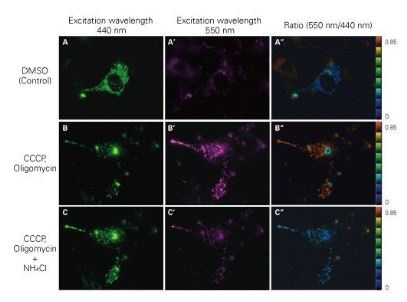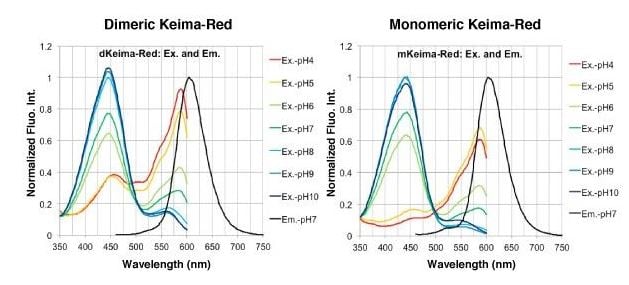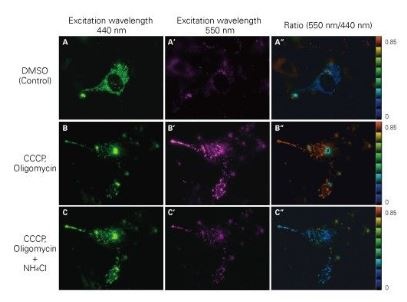Published by Bindi M. Doshi, PhD on

Please Note: MBL International will be shutting down its operations effective December 31, 2024. Distribution of MBL products in the United States will be transferred to Cosmo Bio US on January 1st while European Distributors will remain unchanged. For any US inquiries regarding orders or support during this transition, reach out to Cosmo Bio: https://www.cosmobiousa.com/. For Non-US inquiries reach out to MBL in Japan: https://www.mblbio.com/.
Published by Bindi M. Doshi, PhD on Sep 20, 2016 11:42:36 AM

What is mitophagy? It is when damaged mitochondria are removed from the cell by autophagy. The damaged mitochondria end up in lysosomes for their final disposal. This whole process is to maintain and assure proper cellular function. The importance of this biological process is that it has been implicated in disease states such as cancer and Parkinson’s disease.

The figure below shows the effects of CCCP and oligomycin, drugs that affect mitochondrial membrane potential. Through mitophagy induction, the mitochondria-localized MT-mKeima-Red is displayed in red in ratio images showing its localization in an acidic environment (B-B”). The neutralizer NH4Cl is then administered, which forces the entire cell into a neutral environment and the image turns to blue (C-C”). The results agree with findings where the progression of mitophagy causes mitochondria to be engulfed in lysosomes when in an acidic environment2.

Find more information for how MBLI can help your mitophagy needs today!